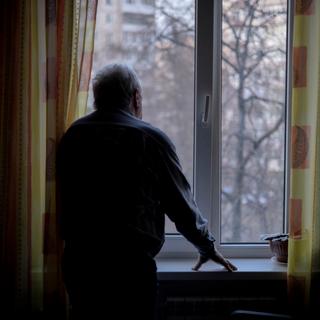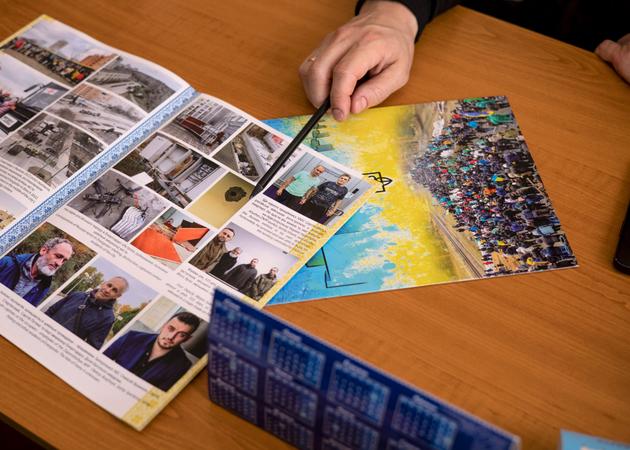


War in Ukraine: In Russian-occupied territories, the trap is closing in on residents
InvestigationThe millions of people still living in these cut-off areas or who have fled see the hope of a return to the Ukrainian fold receding, as Donald Trump plans to discuss 'land' with Vladimir Putin on Tuesday.
What's life like for Ukrainians in the Russian-occupied territories? Three years after the start of the invasion on February 24, 2022, these regions in Moscow's hands, which cover 20% of the country, have become a blind spot. Communications are difficult and dangerous, eyewitness accounts rare, and information patchy. Exiled mayors from occupied towns and families who have recently managed to flee described, in interviews with Le Monde, a closed, dysfunctional world where terror reigns and everything Ukrainian is methodically destroyed and replaced by the "Russian world."
With negotiations between the United States and Russia due to resume on Tuesday, March 18, to establish a ceasefire, and when Donald Trump intends to discuss with Vladimir Putin the "dividing up certain assets" between Kyiv and Moscow, including "land" and "power plants," Ukrainians remaining on the other side of the front line could, more than ever, remain in limbo.

Millions of them still live in these territories, which include parts of the Zaporizhzhia, Kherson, Donetsk and Luhansk regions. Russia declared their annexation on September 30, 2022, although it controls only 70% of their total area, as well as Crimea, annexed in 2014. Kyiv authorities and Ukrainian organizations are working clandestinely to maintain links with them and help them. "We're putting the pieces together to understand what's going on over there," said Piotr Andriushchenko, former deputy mayor of Mariupol and director of the Center for Occupation Studies in Dnipro. Even for him, collecting this information is not without risk. "I receive threats. The Russians don't want these stories told because the occupied territories are an integral part of this war and our struggle."
You have 82.21% of this article left to read. The rest is for subscribers only.
